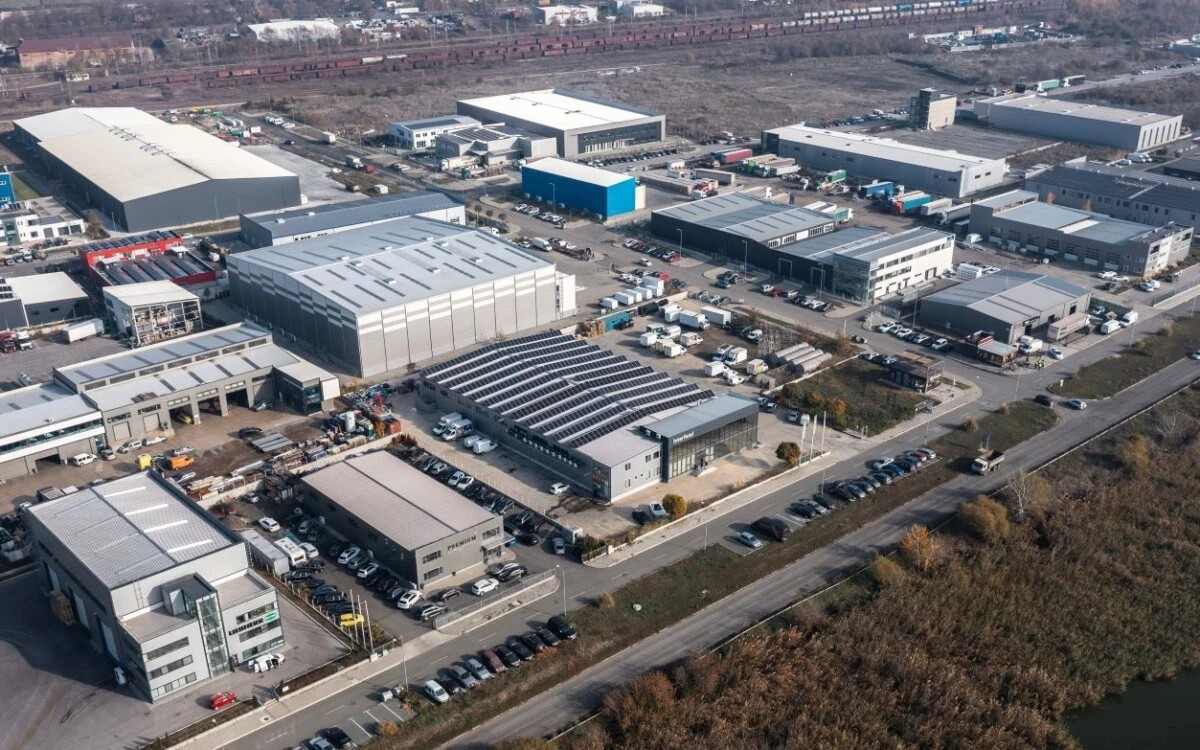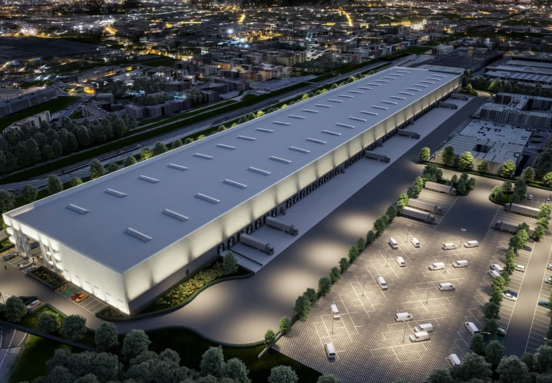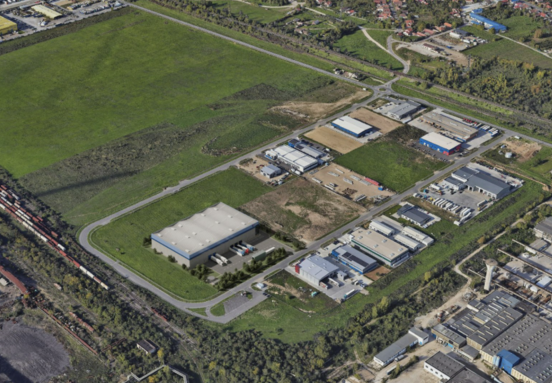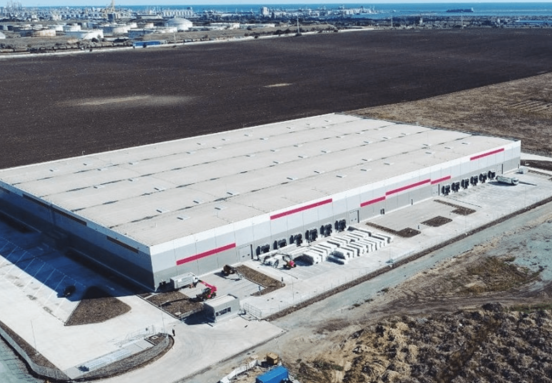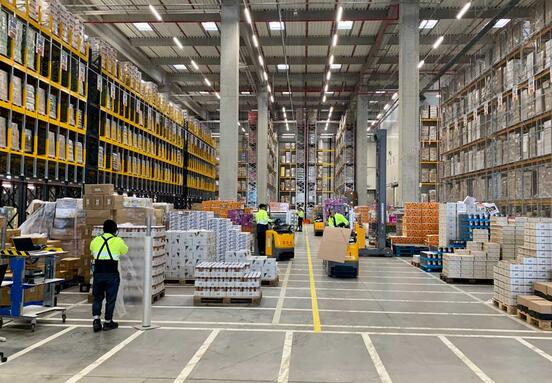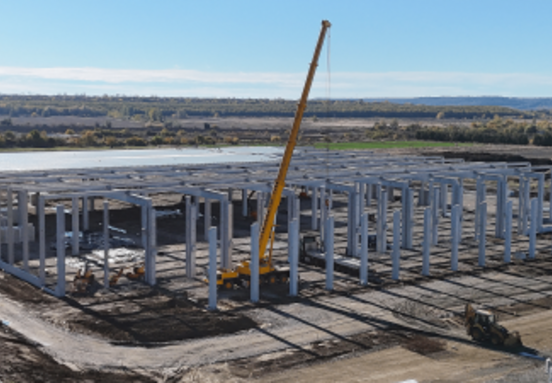Romania's ascendancy as an industrial powerhouse
According to an analysis by the Frames consultancy, Romania is on track to become Europe's next industrial investment magnet over the next ten years.
This significant shift is fueled by strategic reconfigurations across the European economic landscape and the global trend of production relocation, particularly nearshoring.
The country has successfully attracted substantial capital and large-scale projects, thanks to a combination of factors including rapidly modernizing infrastructure.
Despite current economic challenges, the outlook for 2026-2030 remains highly positive. Romania is set to solidify its position as a new powerhouse in the industrial warehouse and production hall market. The total modern industrial and logistics space has nearly doubled in recent years, reaching approximately 7.5 million square meters.
This growth cements Romania's status as the third-largest market of its kind in Central and Eastern Europe, trailing only Poland and the Czech Republic. The vacancy rate remains impressively low at around 5%, and rental prices have seen a significant increase of 25-30% compared to pre-pandemic levels.
Key drivers fueling demand
Current growth is largely propelled by a structural transformation within the market, with the relocation of production emerging as a powerful engine. Approximately one-third of the demand for industrial spaces over the last two years has been specifically for production activities, marking a significant increase from previous years. Furthermore, the robust sectors of logistics and e-commerce continue to generate strong demand, accounting for roughly half of the leased industrial spaces.
Expanding geographical footprint
A notable trend is the increasing geographical dispersion of investments. While the Bucharest metropolitan area remains the largest industrial center, cities such as Timișoara, Arad, Brașov, Sibiu, and the Moldova region (including Iași and Bacău) are attracting new investments. The ongoing construction of Bucharest's A0 beltway is also expected to drive the expansion of logistics spaces into adjacent areas, further decentralizing opportunities.
Strategic catalysts for future growth
Several key factors are set to catalyze future growth. Full accession to the Schengen area will significantly reduce transit times and costs, enhancing Romania's appeal as a logistical hub. The influx of European funds, particularly from the National Recovery and Resilience Plan (PNRR), is earmarked for critical infrastructure modernization. Additionally, increased defense spending by NATO countries is projected to generate substantial investments in both logistics and the defense industry within Romania.
Opportunities for diverse investors
While the Romanian industrial market is predominantly led by international developers, its rapid expansion has created considerable opportunities for Romanian investors and entrepreneurs. These opportunities are particularly evident in smaller-scale projects, developments in secondary cities, and in addressing the specific needs of Romanian SMEs. Experts estimated in 2024 that Romania holds the potential to attract an impressive ten billion euros in investments for the development of new logistics and industrial spaces.
Source: revistaprogresiv.ro
